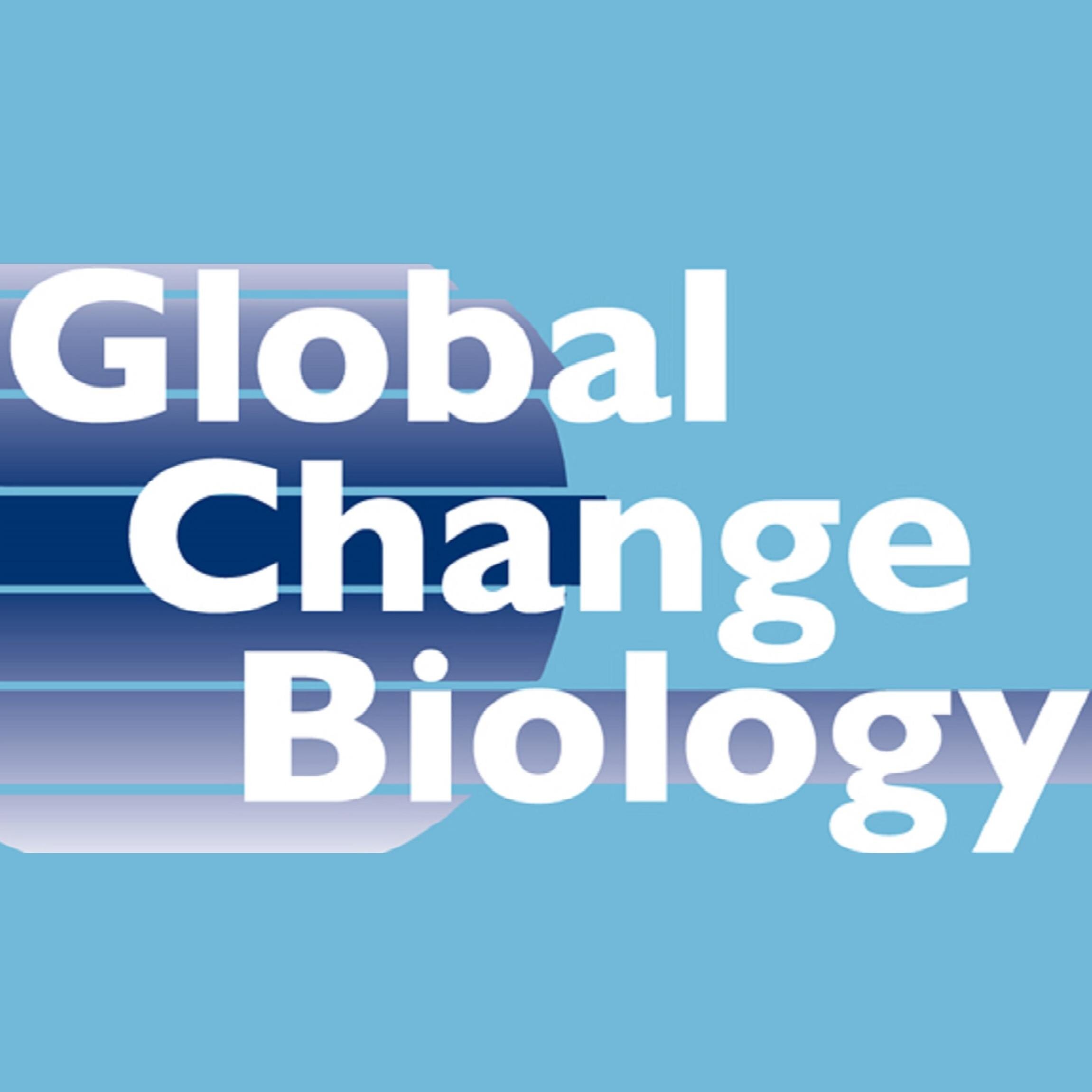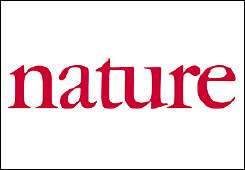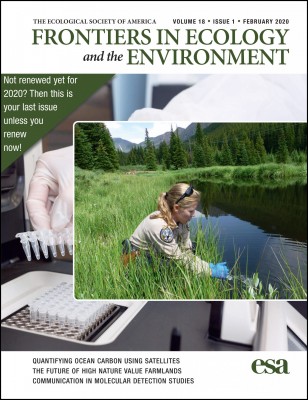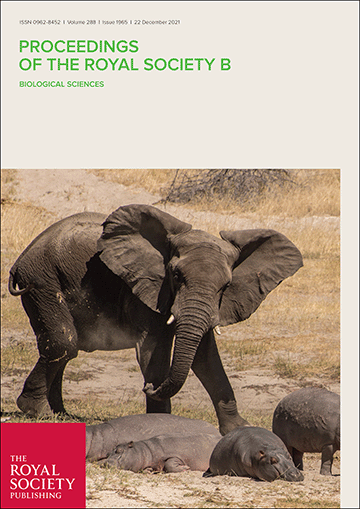- Programme area:1) Biodiversity in a Changing World
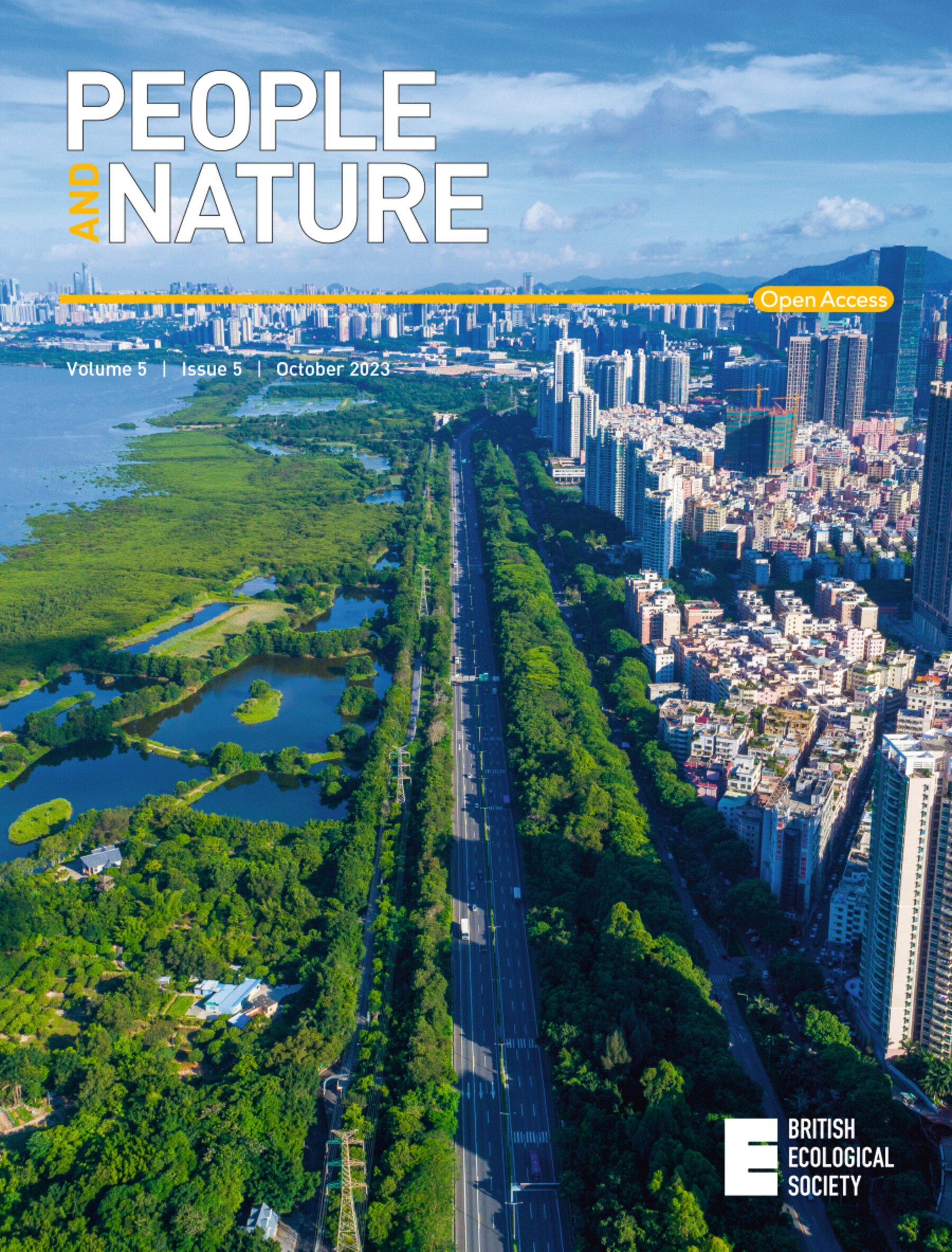
Identifying potential emerging invasive non-native species from the freshwater pet trade
The authors have identified the most important risk species among aquatic pets for Germany and developed a three-step risk assessment method that can serve as a screening tool and as a basis for legislation to restrict future releases of unwanted animals. This is essential, as the study also shows that 97 per cent of the freshwater species sold in Germany are not native.
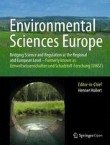
Potential for high toxicity of polystyrene nanoplastics to the European Daphnia longispina
Until now, the toxicity assessment of microplastics in the environment relied on the model organism Daphnia magna for evaluating potential hazards to aquatic invertebrates. However, other Daphnia species are primarily found in Northern Hemisphere lakes, most notably Daphnia longispina. The current study reveals that Daphnia longispina can be more sensitive to microplastics than Daphnia magna.
Patterns and drivers of climatic niche dynamics during biological invasions of island-endemic amphibians, reptiles, and birds
Looking at insular amphibians, reptiles and birds across the world, the authors investigated mismatches between native and non-native climatic niches and how these mismatches can be explained. The results show that climatic mismatches are common for non-native birds and reptiles, but rare for amphibians, and that several factors are significantly related to these mismatches.

Hypotheses in urban ecology: building acommon knowledge base
This study identified 62 research hypotheses used in urban ecology and mapped them in a conceptual network. It is the first such network, which also clusters urban ecology hypotheses into four distinct themes: (i) Urban species traits & evolution, (ii) Urban biotic communities, (iii) Urban habitats and (iv) Urban ecosystems.
The recovery of European freshwater biodiversity has come to a halt
The comprehensive study shows that between 1968 and 2010, biodiversity in river systems in 22 European countries initially recovered due to improved water quality. Since 2010, however, biodiversity has stagnated; many river systems have not fully recovered. The researchers therefore urgently recommend additional measures to further promote the recovery of biodiversity in inland waters.
Phytoplankton Producer Species and Transformation of Released Compounds over Time Define Bacterial Communities following Phytoplankton Dissolved Organic Matter Pulses
Bacterial responses to phytoplankton exudates (DOMp) may be caused by different DOMp compositions. Thereby, the bacterial community leads to a succession of DOMp from highly to less bioavailable, reflected by the temporal presence of specific bacterial phylotypes. The exploitation of species-specific highly bioavailable compounds, results in a more similar remaining DOMp.
Transience of public attention in conservation science
This article addresses the concept of attention transience applied to conservation, discusses its major drivers and mechanisms, and provides an overview of conservation issues for which this phenomenon is particularly relevant. Attention transience only leaves a brief window of opportunity to focus public awareness and mobilize support for nature conservation.
To save sturgeons, we need river channels around hydropower dams
Weirs and other transverse structures in rivers not only impede migratory fish on their way to spawning grounds, but even if they are able to pass, many of them die in the turbines of hydroelectric power plants. The authors present a recommendation on how to facilitate effective passage and even promote sturgeon with bypass channels at dams that can serve as additional habitat.
The European freshwater landscape and hotspot areas of mass effects and regional connectivity
The authors detected great concentrations of source hotspots on the northern regions associated to lentic ecosystems, main European rivers acting as ecological corridors for all freshwaters, and a mixed distribution of connectivity hotspots in southern and Mediterranean ecoregions.
A meta-analysis of how parasites affect host consumption rates
This meta-analysis investigated how parasites affect the consumption rate of their hosts. It is the first comprehensive overview of parasite effects on host feeding capacity and sheds light on the factors contributing to the observed differences.


